Bone meal as a fertilizer for indoor and garden plants

Plants that are grown by humans in the limited space of a flower pot, garden or vegetable plot, as well as on agricultural land require the addition of additional nutrients along with mineral or organic fertilizers.
If this is not done, the lands are depleted and the condition of the plants deteriorates.
Recently, many gardeners, flower growers and gardeners believe that bone meal is one of the best types of organic fertilizers for many plants. Let’s try to figure out how true this is and what other organic fertilizers are available.
Content:
- Available organic fertilizers
- What is bone meal and how is it obtained?
- Application of bone meal, methods of application
Available organic fertilizers
As a rule, both mineral and organic fertilizers contain the same chemicals and compounds, but in the first case, fertilizers are obtained chemically, and in the second, they are the result of the vital activity of living organisms.
Organic fertilizers include processed products of plant and animal raw materials, food and plant waste:
- compost
- manure
- sawdust
- peat
- litter
- bone flour
Choosing organics for feeding plants, it is important to focus on availability, cost and ease of use.
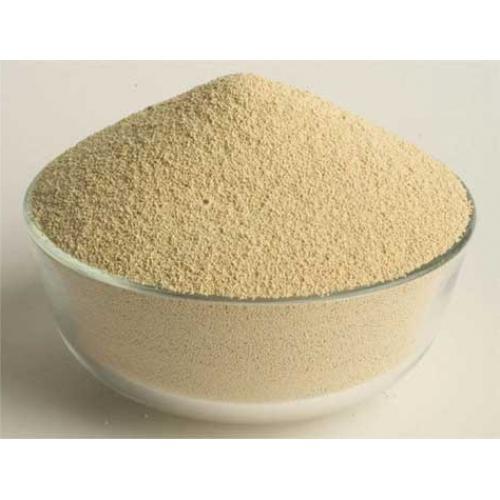
For example, compost or manure have a low cost, but they cannot be applied “fresh”; they are only suitable after some time.
In addition, most organic fertilizers are quite bulky and require a certain amount of storage space.
Bone meal does not have this drawback; it takes up little space and can be used immediately after purchase.
In addition, if manure, peat, compost are added in buckets and kilograms, then bone meal is calculated in spoons or grams.
What is bone meal and how is it obtained?
Bone meal can be classified as a dry fertilizer organic animal origin.
In appearance it is a gray-yellow powder. The production of bone meal is a by-product of processing the carcasses of farm animals.
The raw materials for it are the bones of cattle, horses, and other animals. And since bones contain a lot of phosphorus, bone meal is primarily used as a source of this substance, although it also contains calcium and nitrogen.
Video about where and how bone meal can be used:
Thus, bone meal is primarily a phosphorus fertilizer for plants.
Depending on the production method, the content of nutrients in bone meal differs.
It is distinguished by the following types:
- ordinary bone meal, phosphorus amount up to 15%
- steamed bone meal, phosphorus amount up to 25%
- low-fat bone meal, phosphorus content up to 35%
In addition to phosphorus, bone meal contains calcium, nitrogen, sulfur, sodium, chlorine and other elements. If bone meal is made from raw bones, it contains more nitrogen.
The value of bone meal as a fertilizer also lies in the fact that the beneficial substances from it are those that are absorbed by plants slowly and one application is enough for the whole season.
It is important to remember that in acidic soils phosphorus content decreases faster. When using bone meal as a fertilizer, it is necessary to take into account not only the type of soil, but also the need of various plants for phosphorus.
Application of bone meal, methods of application
It is most convenient to add bone meal when preparing the beds for planting.
This must be done when digging the soil deeply.
Deep digging is needed because phosphorus is inactive in the soil, and the closer it is to the roots of the plant, the better.
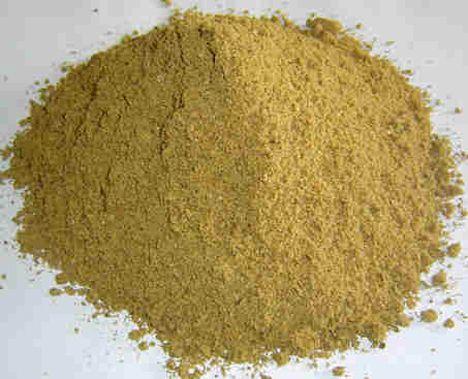
The best time of year for this is autumn, although in the spring it can also be applied when digging up the beds.
Usually, before cultivating the soil, bone meal is evenly scattered over the surface of the ground and dug up. The norm is from 100 to 200 grams per square meter. In this way, flour is added to fruit and berry crops and perennial flowers.
It is best to apply bone meal directly to vegetables. before boarding, into a groove or hole, lightly mixing with the ground.
The application rate is one spoon for each plant. It is recommended to apply bone meal to all bulbous plants; it stimulates root regrowth and rooting of bulbs.
Before planting the onion in the soil, mix one or two tablespoons of bone meal with it and then plant the onion.
You can make your own liquid fertilizer from bone meal. A kilogram of flour is mixed with 20 liters of hot water.
Stirring regularly, leave the mixture for one week. When using, filter the solution and dilute with water in an amount of 380 liters.
Bone meal is also used in indoor floriculture.In the process of preparing the soil, add one spoonful of flour for each liter of it, or in a ratio of one to one hundred, one hundred parts of earth per part of the flour.
Important! It is better not to use bone meal to fertilize plants such as azalea or rhododendron.
When using any organic fertilizers, including bone meal, it is important not to overuse them and observe moderation.
Interesting information about the vegetable garden

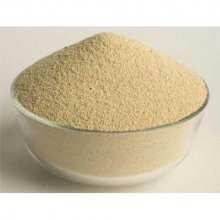
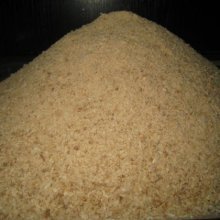
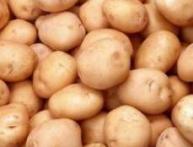
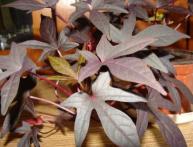
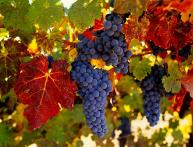
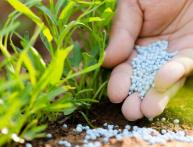
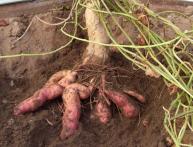
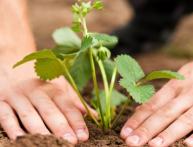
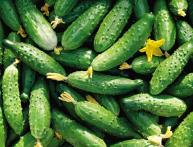
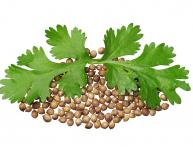
Comments
I just discovered America for myself. Just the other day I bought bone meal for chickens. And here it is suitable for plants. I was very surprised. I’ll try to make liquid fertilizer from flour and water the garden with it, right under the holes. Let's see how it grows))